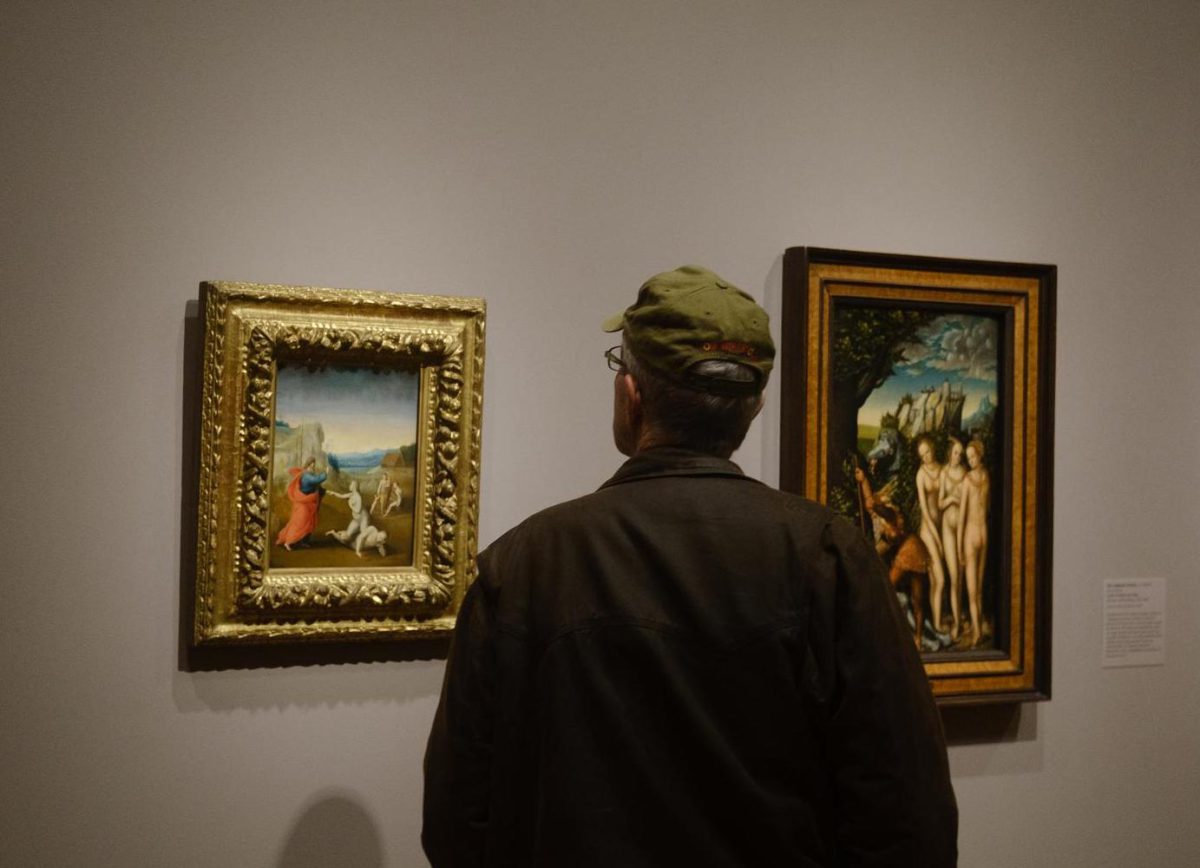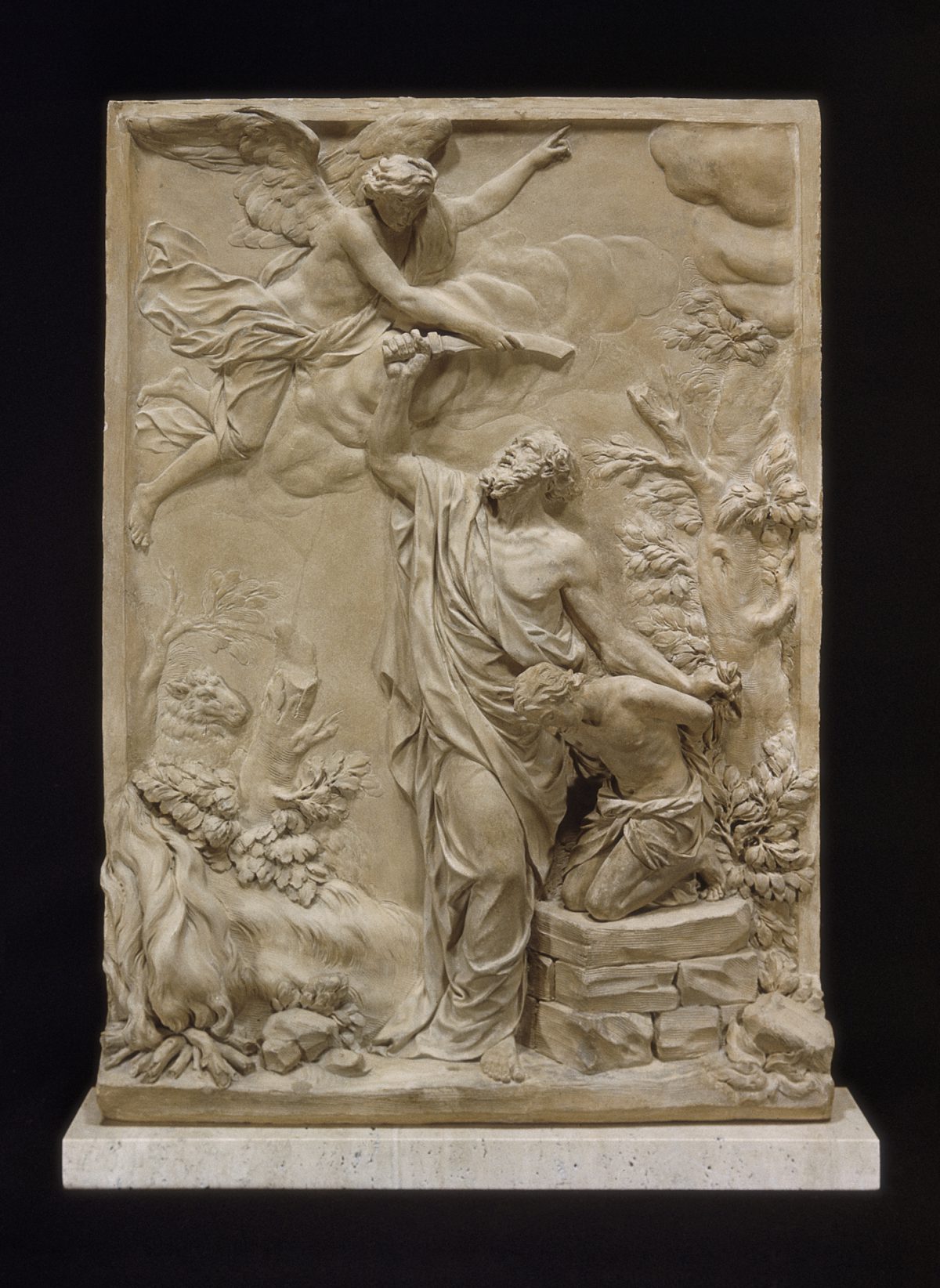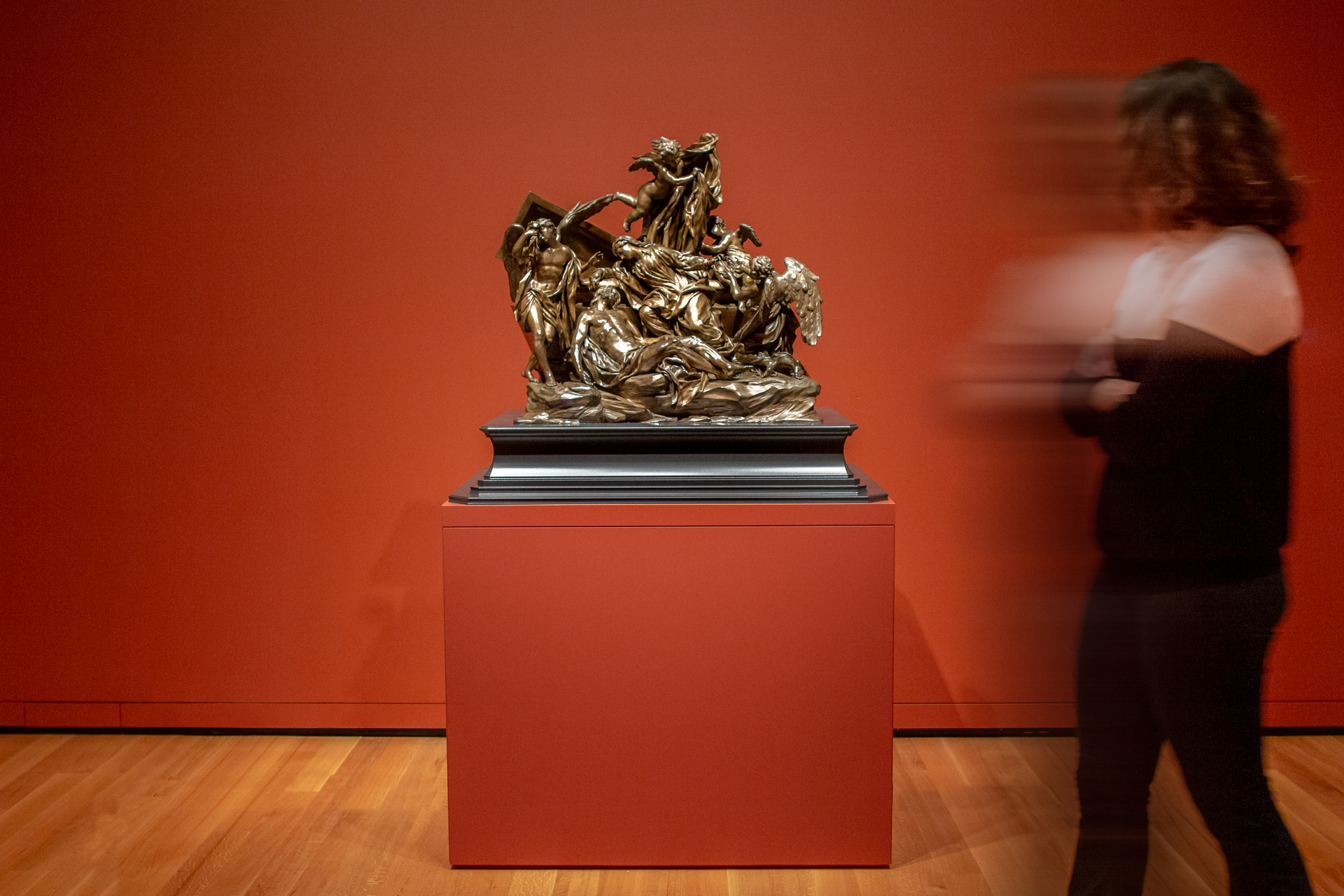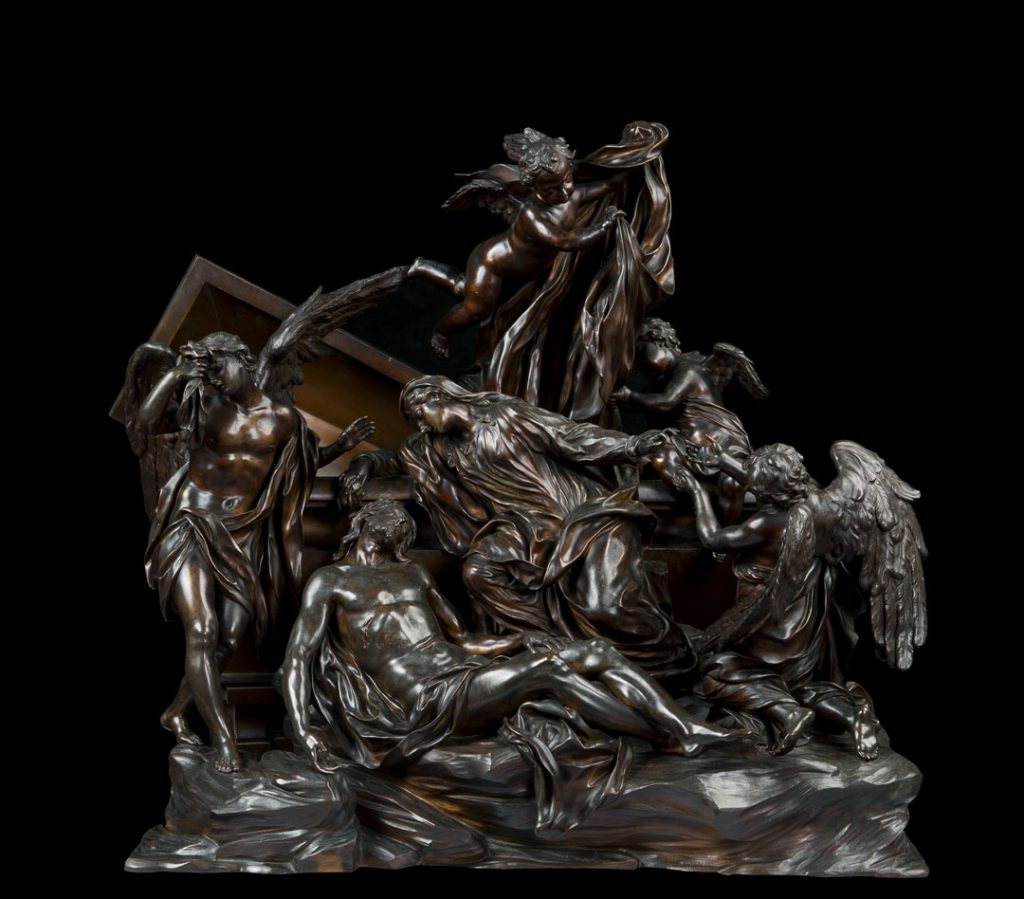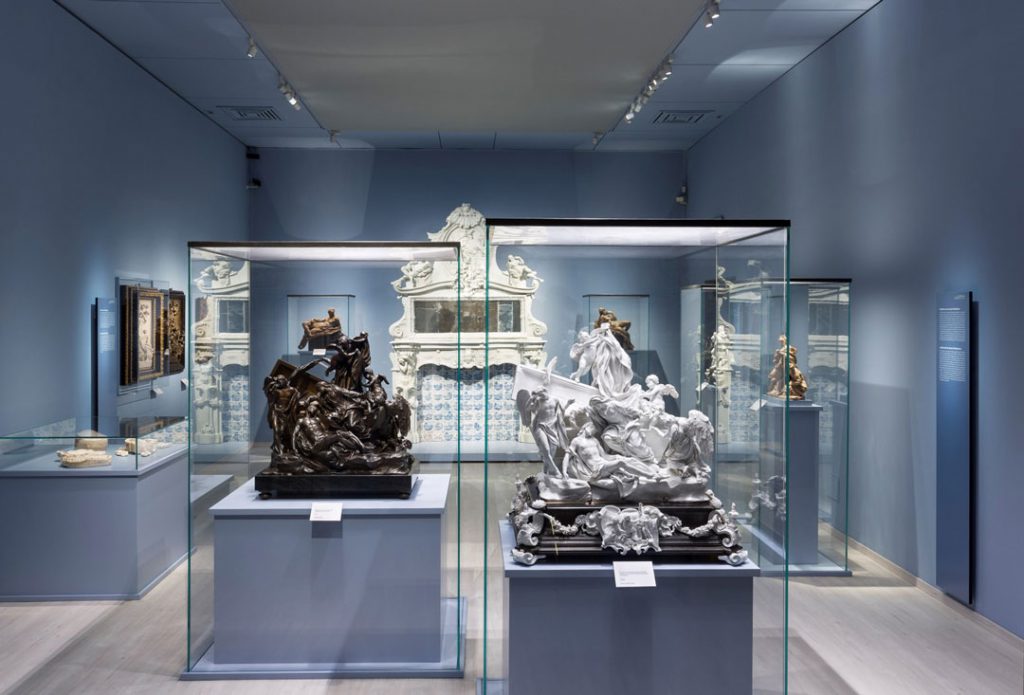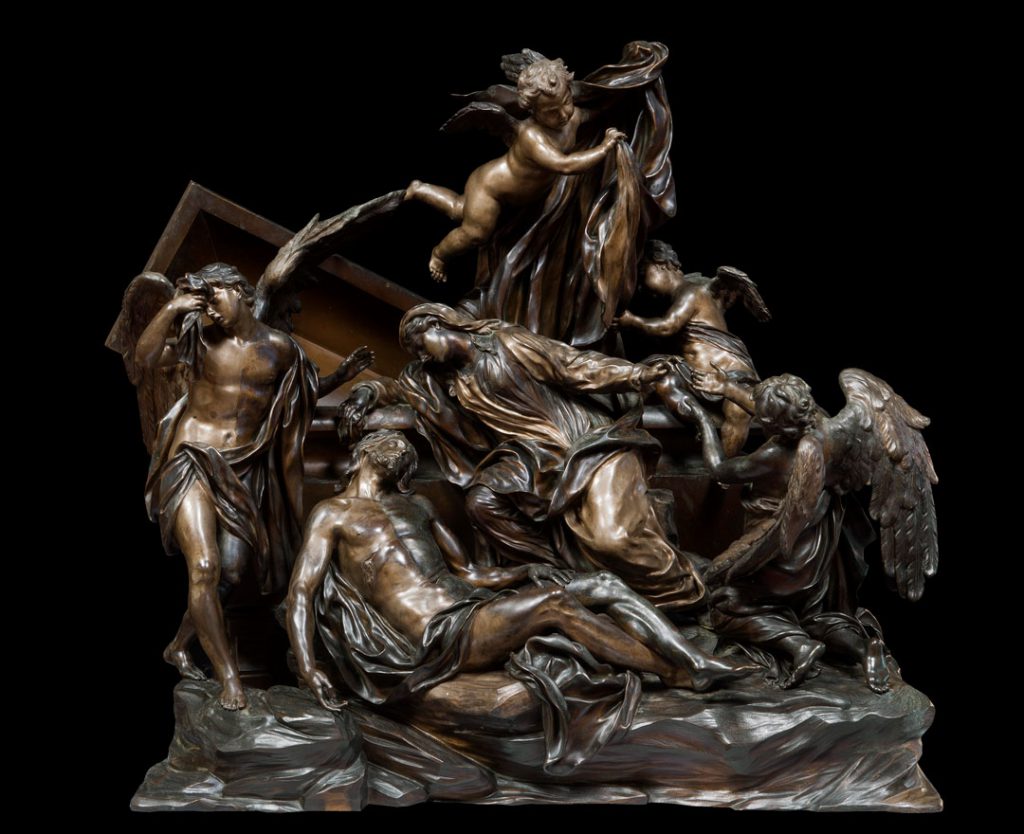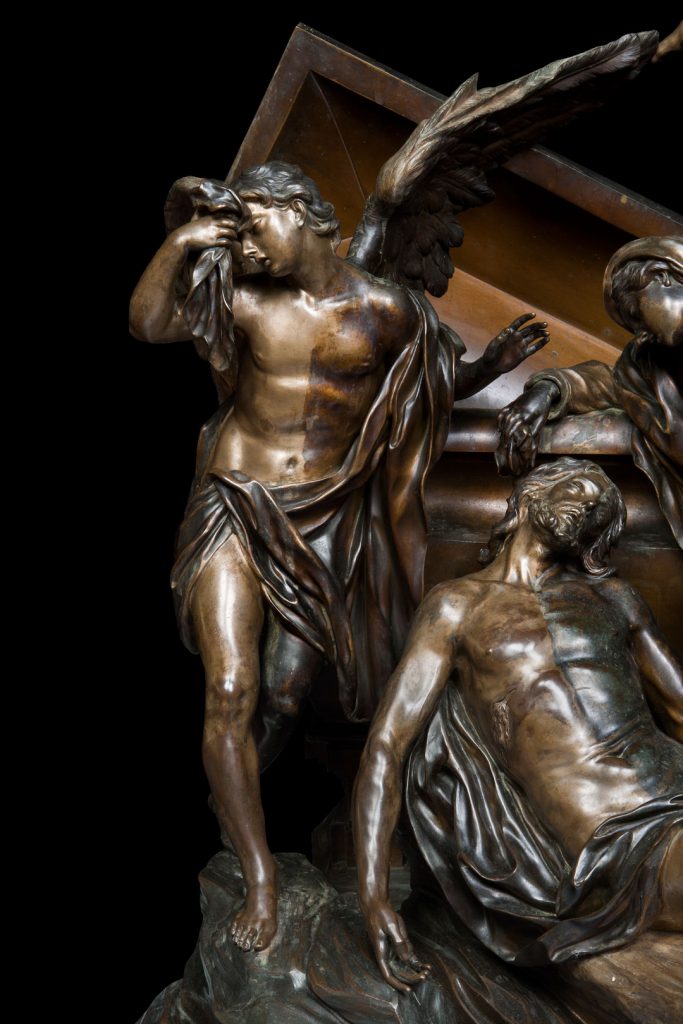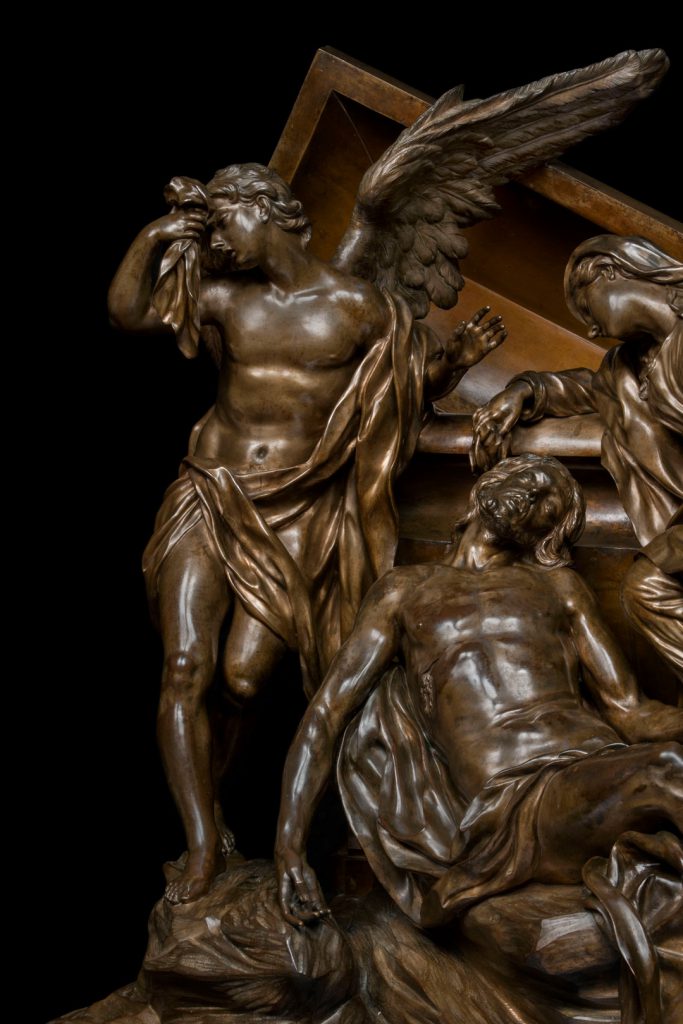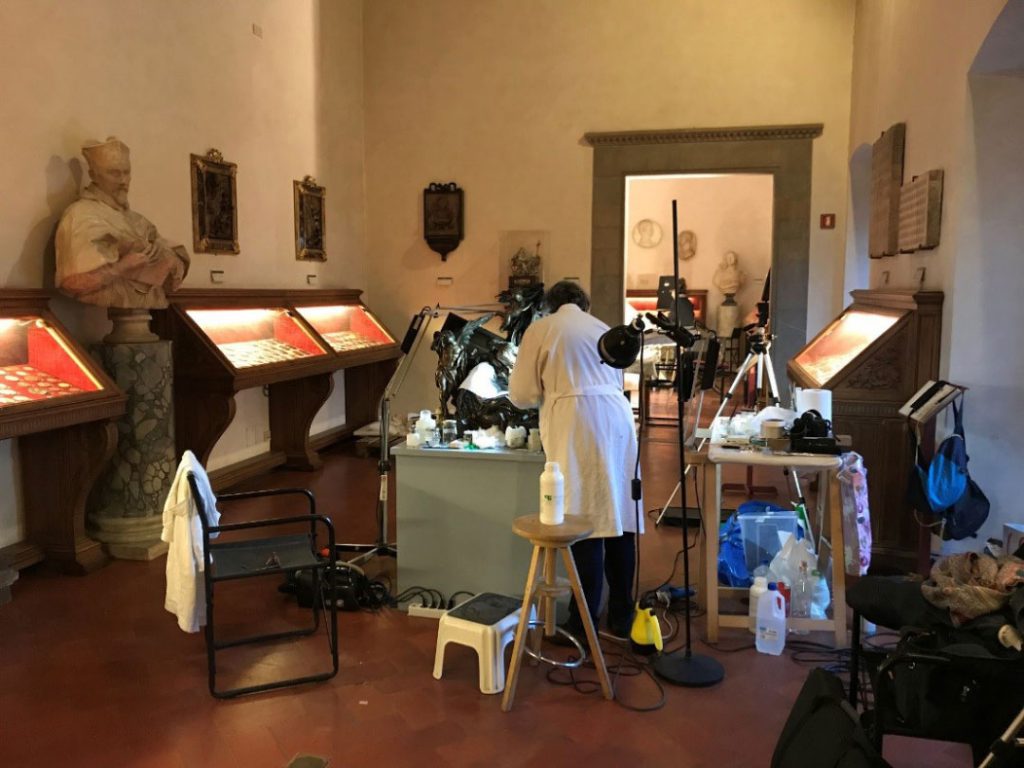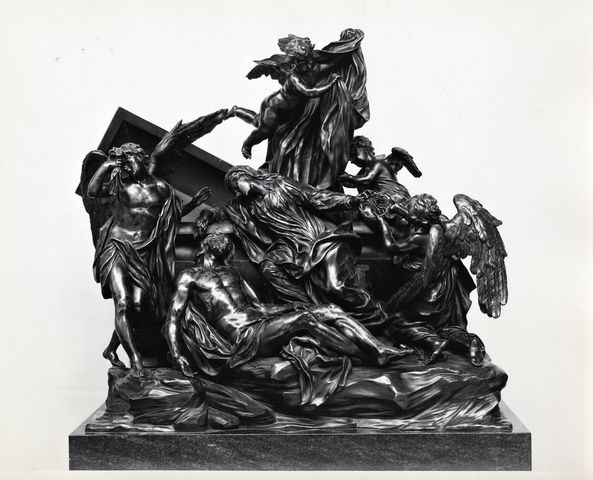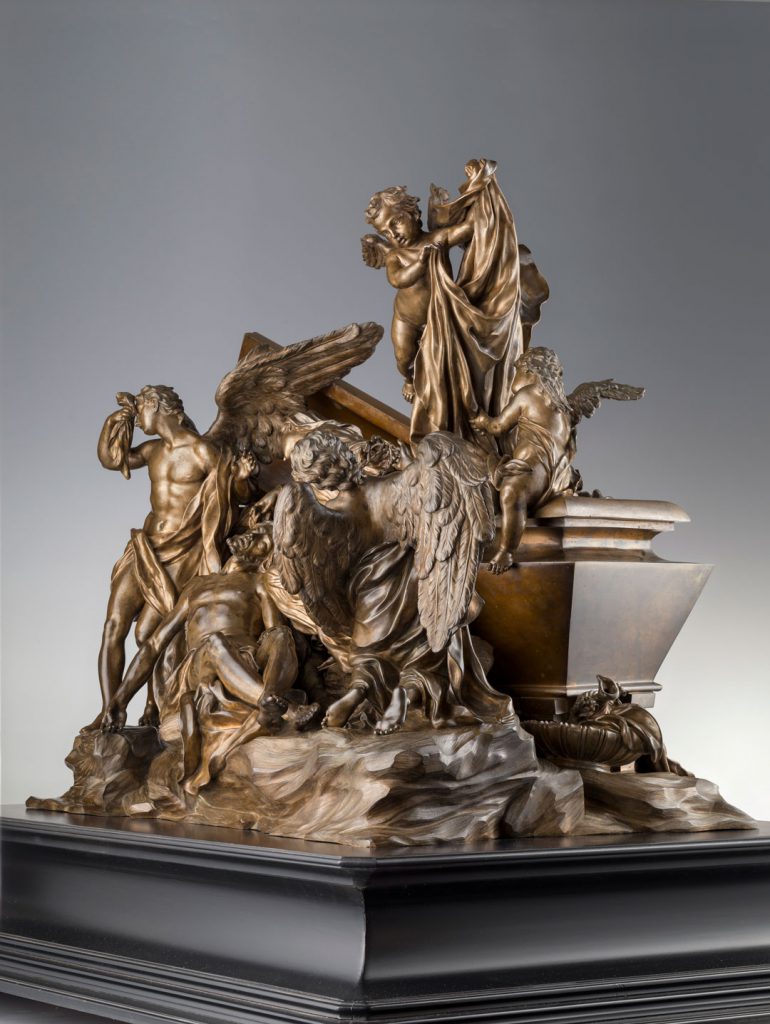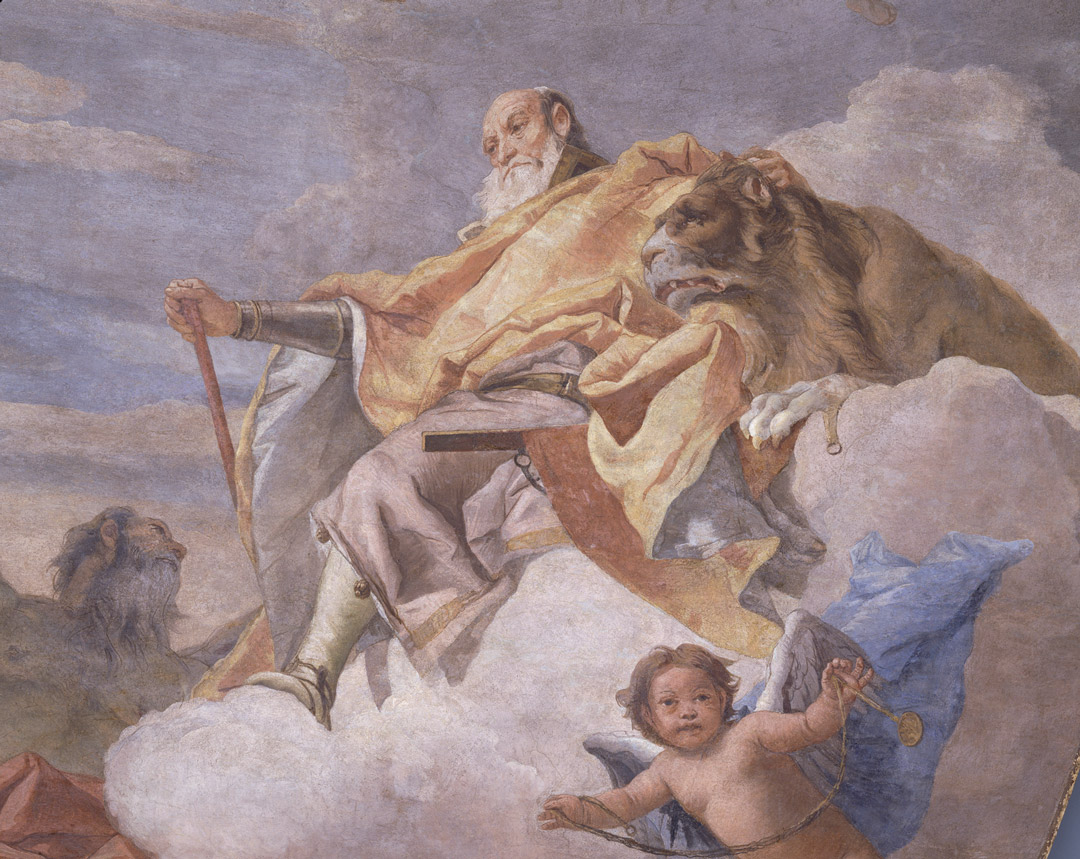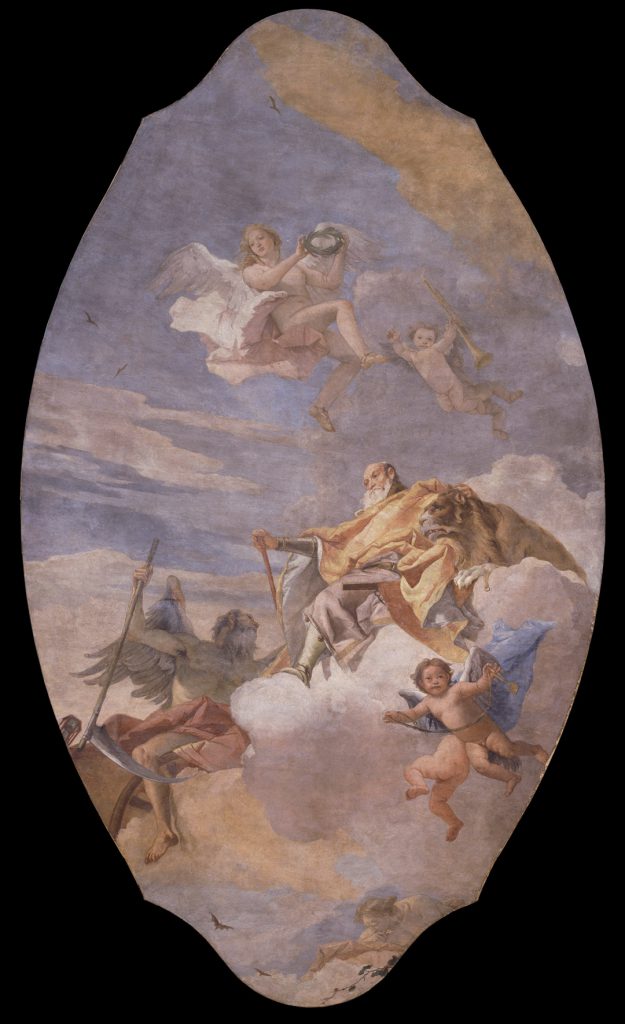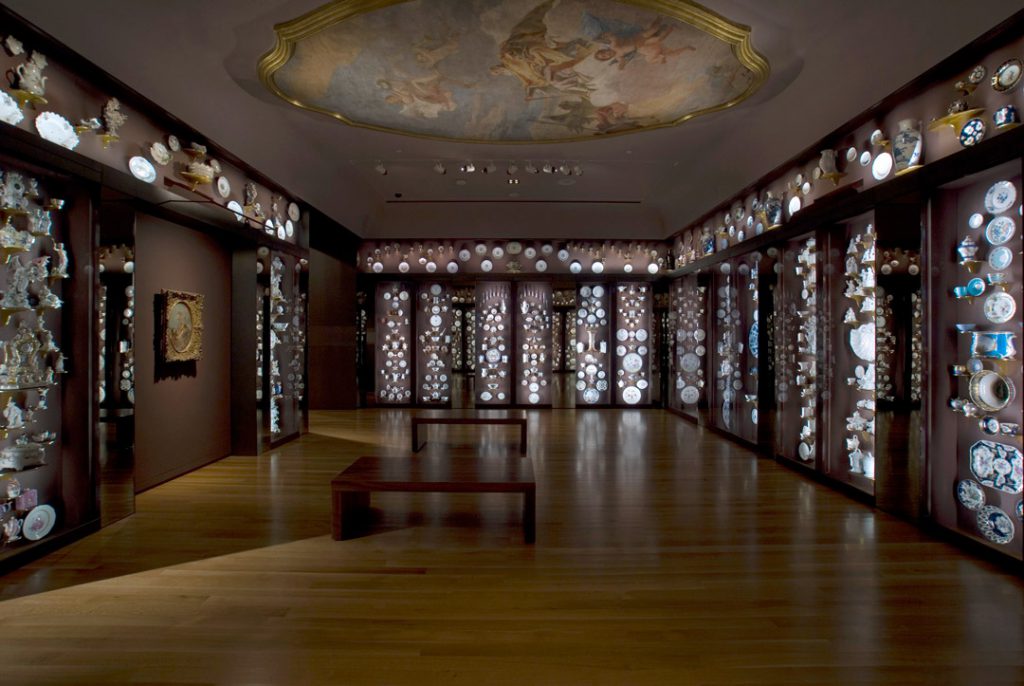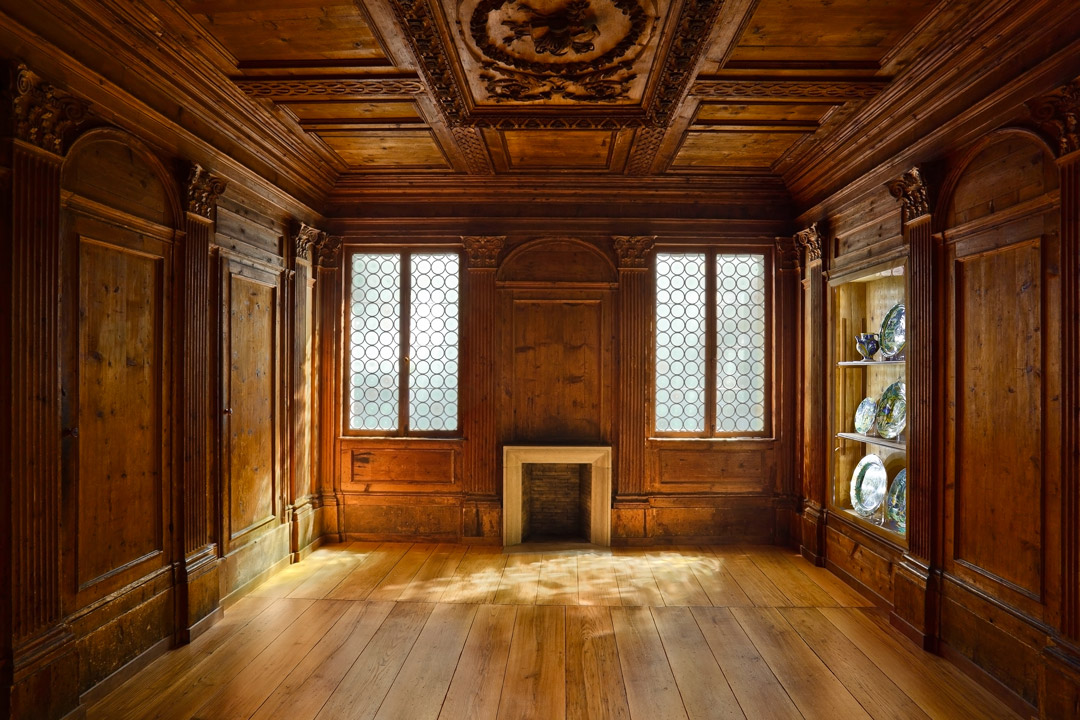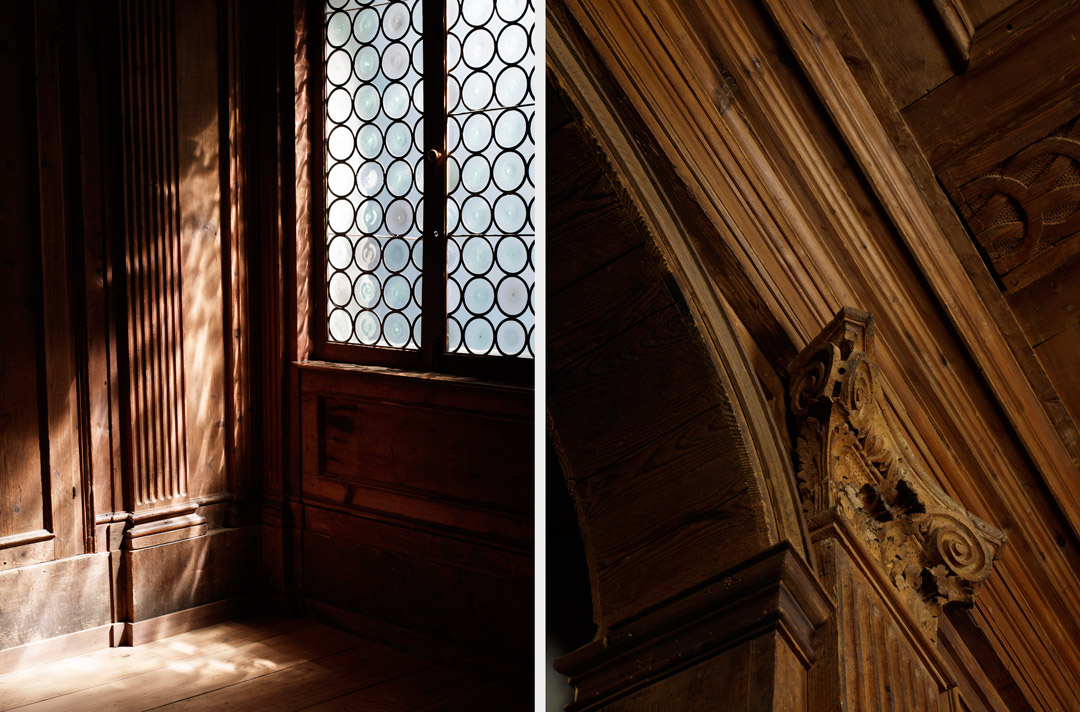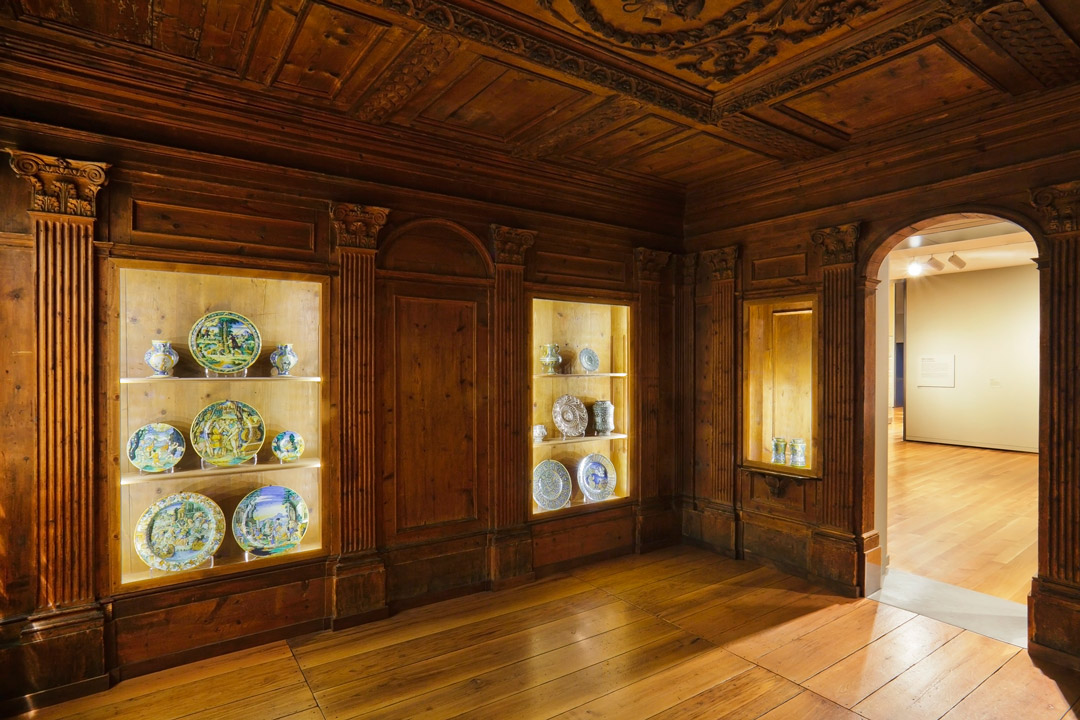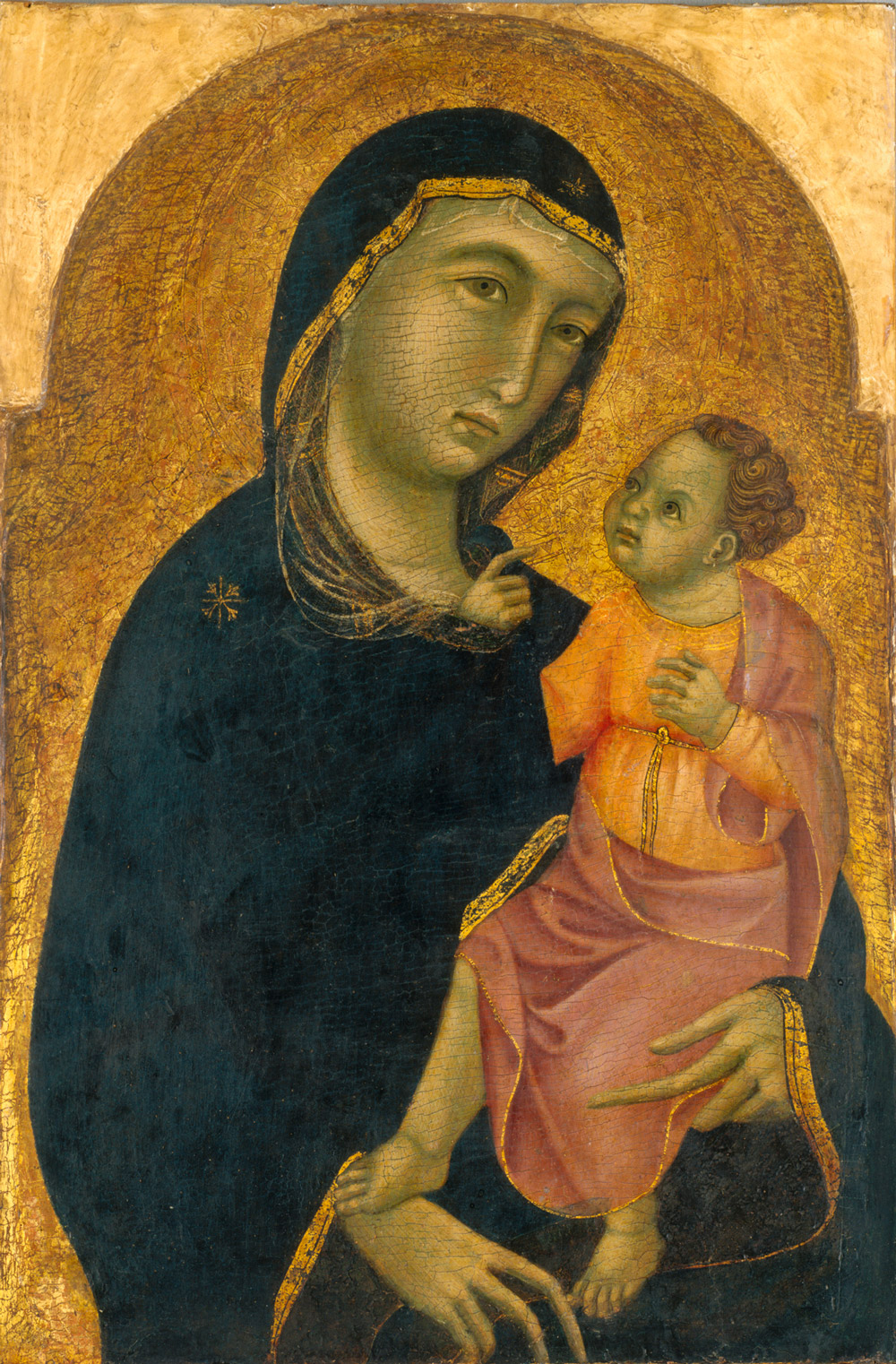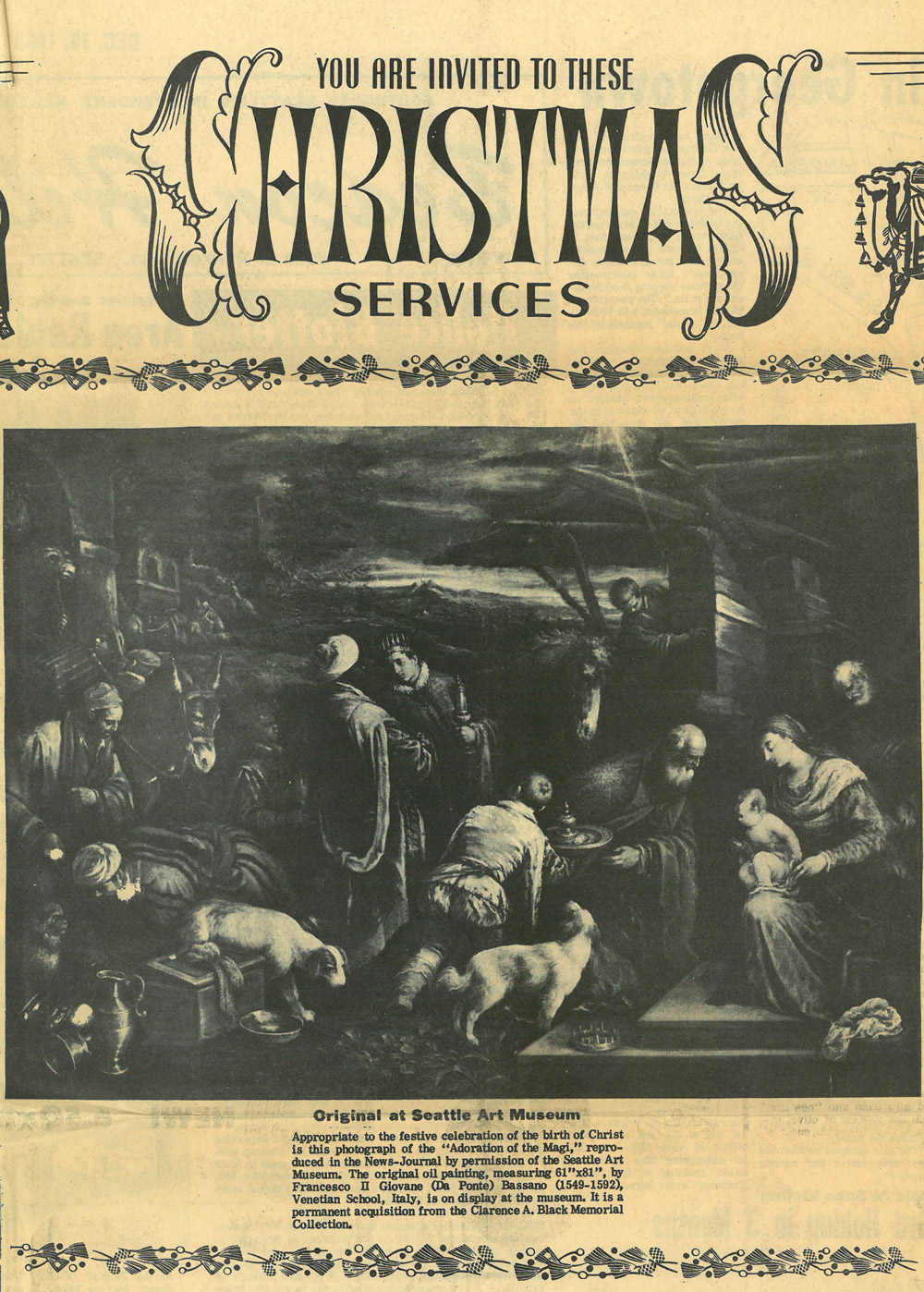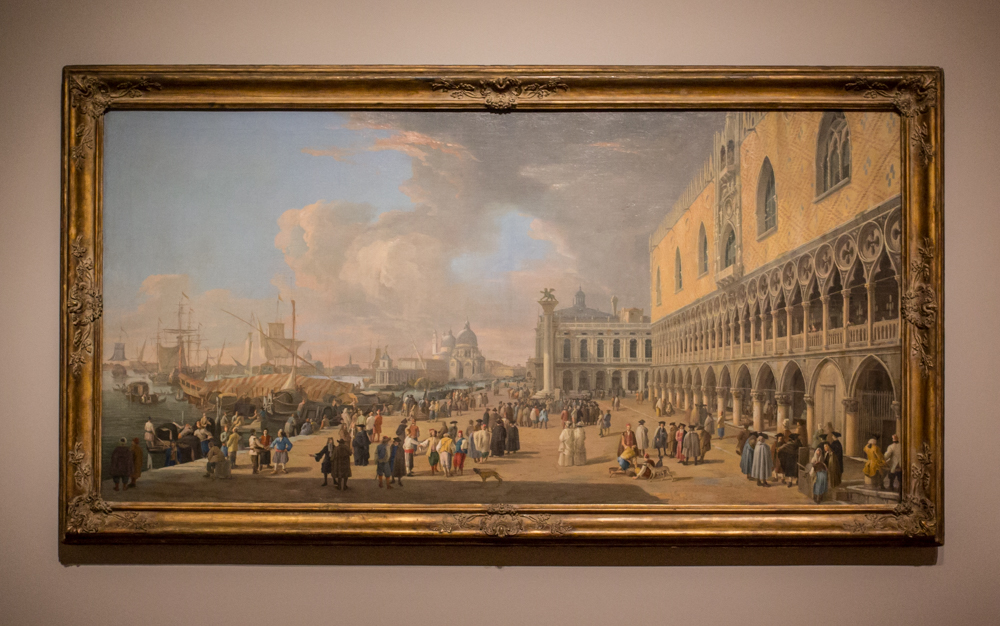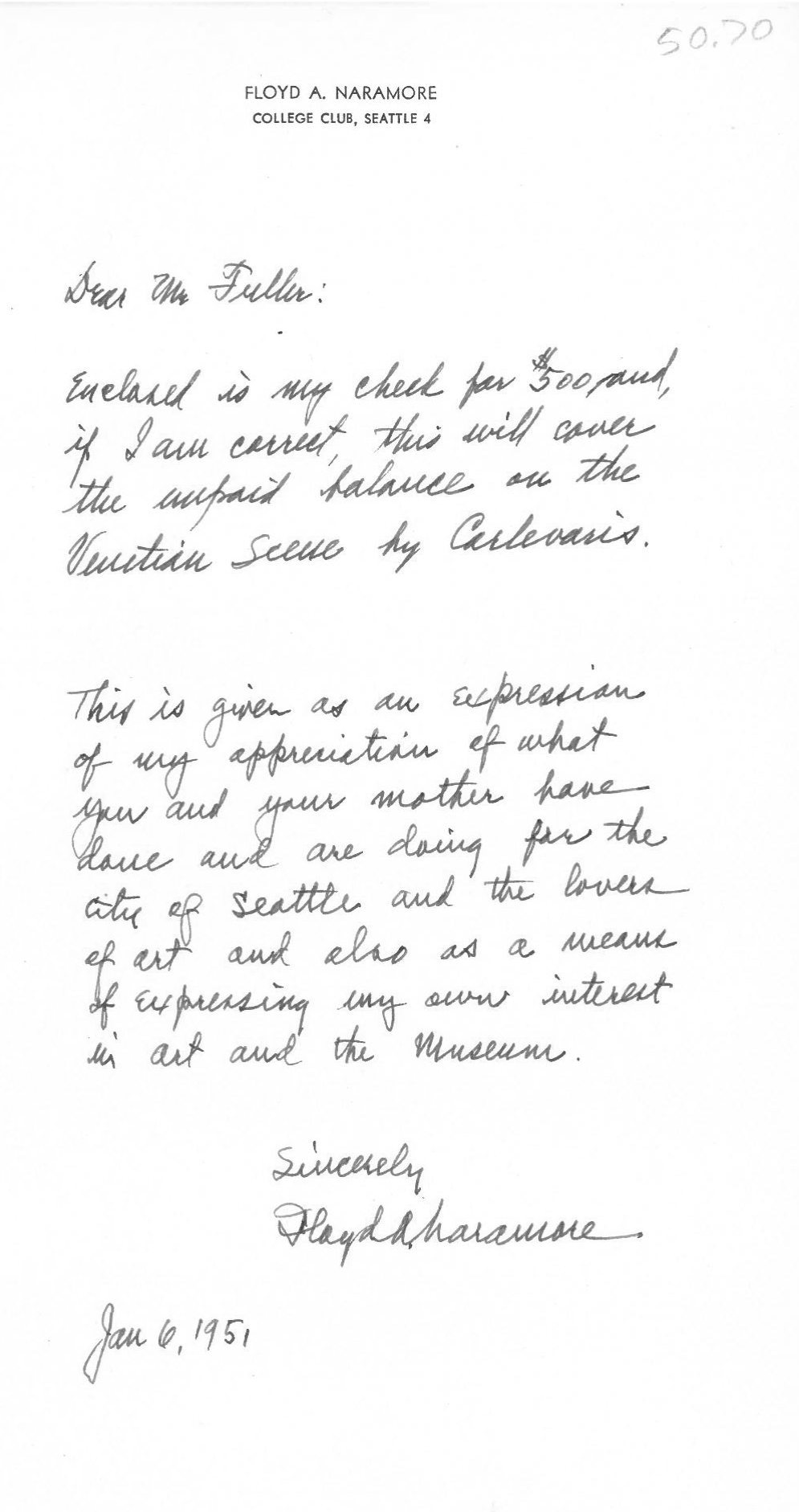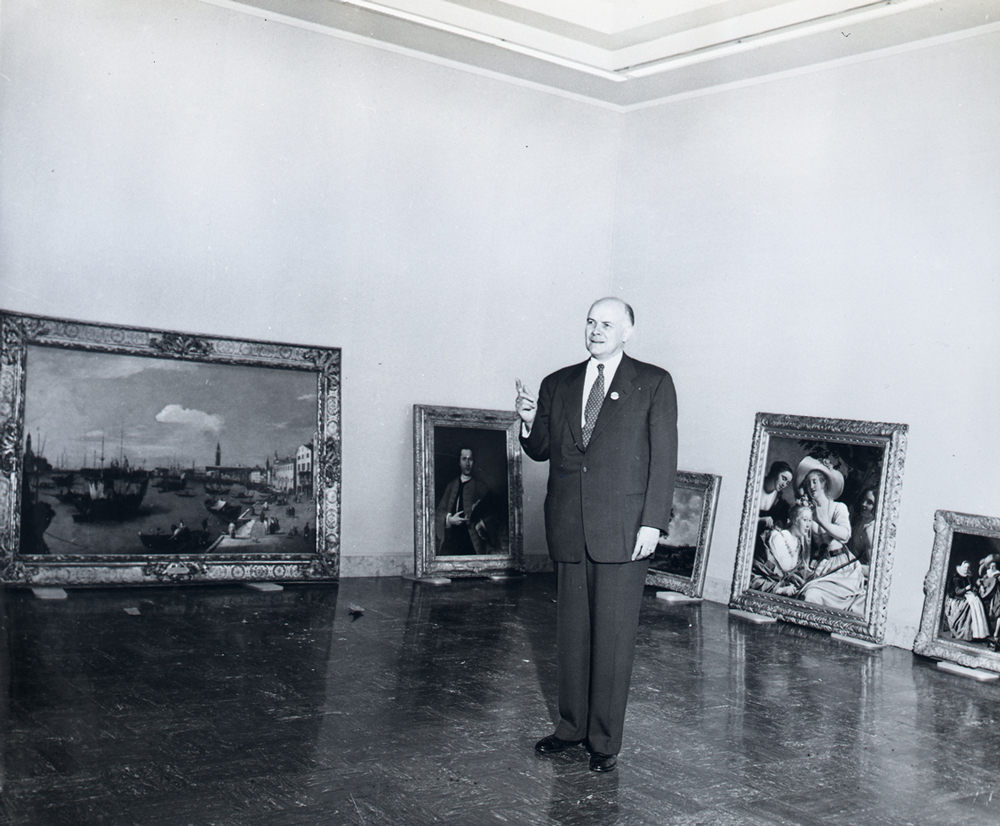Curator Christian Larsen on Diego Cibelli’s Fiori dei miei Habiti
Fiori dei miei Habiti (La Montagne Enchantée) is a tour de force of porcelain artistry by Diego Cibelli, the Neapolitan contemporary master of this historically prized and notoriously delicate and technically difficult medium. Cibelli has achieved such extraordinary technical skill in part due to his close relationship with the legendary Royal Porcelain Manufactory at Capodimonte in Naples, Italy. His conceptual approach owes much to his training as both an artist and a designer at the Academy of Fine Arts and University Luigi Vanvitelli in Naples and the Weisensee Kunsthochschule in Berlin, Germany. Evolving from the tradition of 1960s and ’70s Italian radical designers—such as Archizoom, Superstudio, Andrea Branzi, and Ettore Sottsass—Cibelli’s work shares with these spiritual forefathers a belief in objects as powerful agents in our lived-in and natural environments. His training in design was not to gain “a practical functional method of doing,” as Cibelli puts it, but rather “it was a path I took only to be influenced by those thoughts where the object is considered as ‘a living being’ with its own history. This makes objects on a speculative level similar to human beings.”
Cibelli’s research-based approach leads to the production of singular collections, each exploring a specific theme—for example, the relationship between ceramics, ancient and medieval iconography, and early modern print culture. He has even created ceramic representations of the cash tips received in a single day by coffee baristas. The results are worthy of the most extraordinary cabinets of curiosities and Wunderkammer (wonder-room) collections.
The son of a fisherman, Cibelli grew up in the Naples working-class neighborhood of Scampia, a community of low-income housing that has been notoriously represented as the mafia-controlled center of drug dealing in the TV drama Gomorrah. Cibelli is the proud native son of his neighborhood, where his studio occupies the unused second floor of the local elementary school. In his workshop, he has overcome the challenges of his circumstances to grow a staff of assistants and a prolific practice that has made Cibelli a preeminent voice in contemporary porcelain.
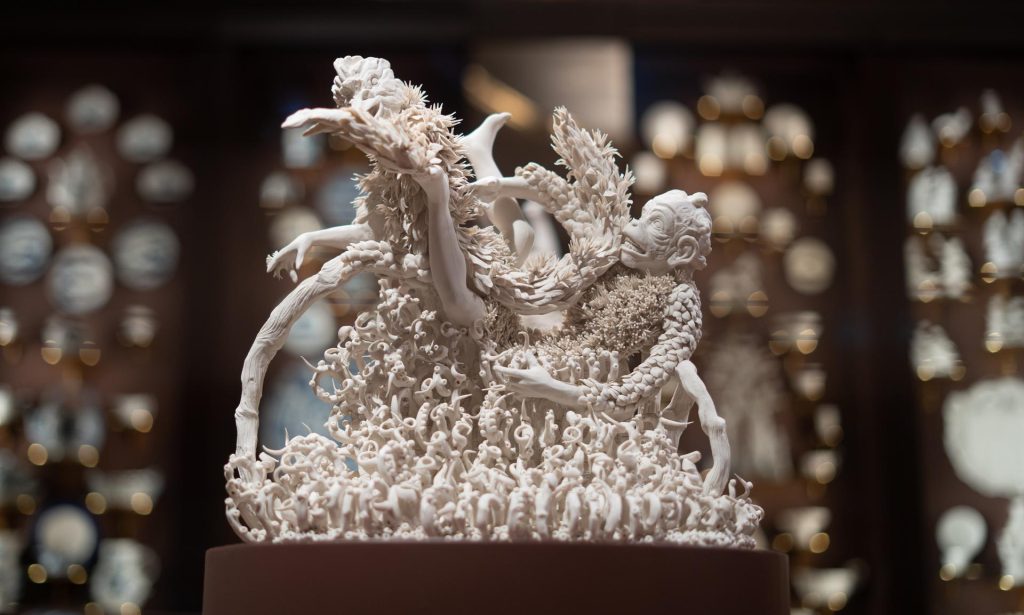
Born into anything but royal conditions, Cibelli is the unlikely heir apparent to the long tradition of exquisitely detailed porcelain flowers that became the signature of the Royal Porcelain Manufactory at Capodimonte. Founded in 1743 by King Charles of Bourbon to rival the porcelain produced at Sèvres and Meissen for the French and German courts, respectively, Capodimonte porcelain became prized for its fine quality due to the suppleness of its paste.
The Seattle Art Museum commissioned Cibelli to create Fiori dei miei Habiti as a site-specific work that responds to the crown jewel of the museum’s European galleries: the Porcelain Room. Cibelli has expressed what an honor it is to have been invited to “dance together with so many porcelain masterworks gathered from across time and cultures in the museum’s extraordinary collection.” His work for SAM is a study in choreographies orchestrated between characters caught in complex compositions that create mininarratives and vignettes. This is not the first time Cibelli has engaged in such a dance. For The Art of Dancing Together, his 2021 solo exhibition at the Museum and Royal Wood of Capodimonte, the home of the Farnese Collection, Cibelli was invited to research and respond as a way of engaging in a contemporary dialogue with the museum’s historic masterworks.
Similarly to his work at Capodimonte, Cibelli responds to the context of SAM’s Porcelain Room, with its famed ceiling fresco by Venetian baroque rococo master Giovanni Battista Tiepolo (1696–1770). Rising upward in the center of the Porcelain Room directly underneath the Tiepolo ceiling, Cibelli’s porcelain mountain landscape provokes a conversation between the histories of sculpture and painting. His three-dimensional allegory responds directly to Tiepolo’s two-dimensional The Triumph of Valor over Time. While the vanity of eternal fame is the driving force behind Tiepolo’s work, Cibelli conveys the transcendence of eternal nature beyond humanity’s vanity. The pairing could not be more fitting. Tiepolo is known as a painter of light, whose ceiling frescoes in Venetian palazzi become illuminated and in turn diffuse light through the whole room by capturing the glimmer of sunlight reflected off the lagoon’s surface.In the purity of its bisque white body, Cibelli’s porcelain captures light into the vitreous translucency of its material, radiating an otherworldly, glowing aura. In terms of style, Cibelli’s baroque forms of abundance and technical virtuosity rival that of the great Italian baroque masters. His Neapolitan culture surely instilled in him the awe-inspiring drama of that city’s intense regional version of baroque. But his lightness of touch and preference for the whimsical arabesques of the floral and natural world place him within the language of rococo.
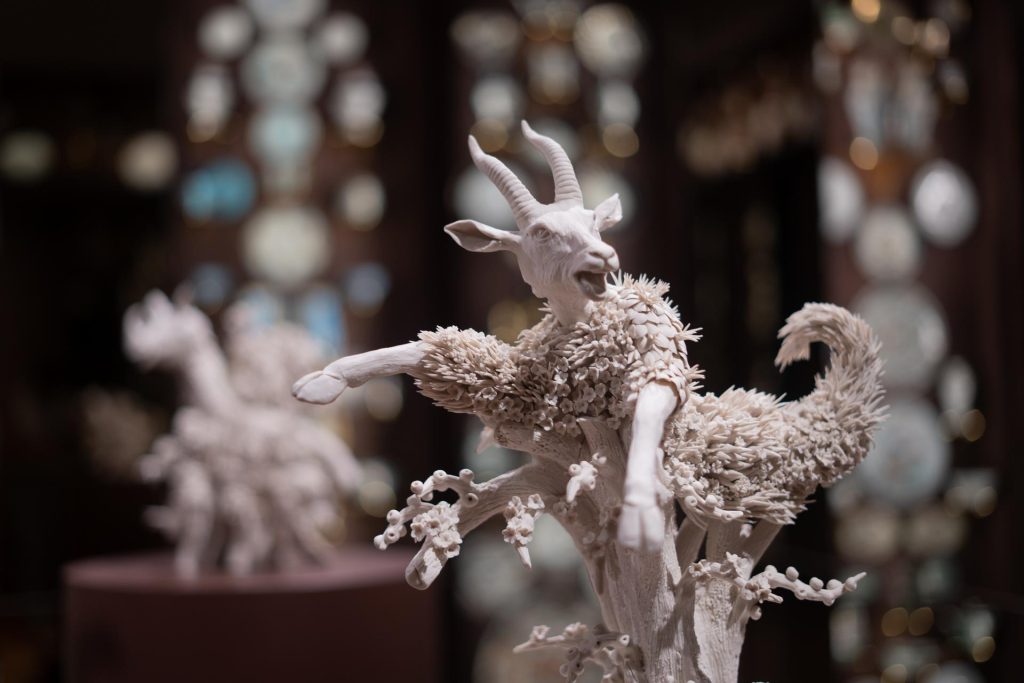
The work’s title takes on multiple meanings by substituting the word fiori (flowers) for fuori (out) in the expression fuori dei miei habiti, which means “out of my habitat [or habits],” implying a journey into the uncomfortable or unknown, an experience outside of one’s comfort zone. But the play on words could also be interpreted as “flowers of my dress,” drawing attention to the characters’ skin and garments of garlands, foliage, sticks, and flowers.
Cibelli takes his initial inspiration from Filippo Tagliolini’s La Caduta dei Giganti (1785–90), one of the greatest masterpieces of Capodimonte porcelain. In Tagliolini’s work, Zeus straddles the peak of Olympus hurling thunderbolts at the Giants, who are depicted as loin cloth–clad muscle men tumbling in various poses of defeat down the craggy slopes of the mountain. The Giants themselves were said to be hybrid beasts with dragon scales and shaggy hair, as tall as mountains and nearly invincible.
Cibelli reverses Tagliolini’s formula of traditional heroic masculinity in favor of a spectrum of diverse hybrid creatures, not a war of testosterone-fueled men but queer celebrants in states of transformation. Through the magic of metamorphosis, Cibelli conjures the act of becoming through the union of vegetal, human, and animal. His unique crossbreeds aspire toward a holistic and interconnected cosmology. Instead of defeated and falling down the mountain, his enchanted menagerie sets off on a journey full of twists, chains, tumbles, close calls, and glory as the beings spirally ascend the peak heavenward. Their path takes them through challenging encounters with animal-vegetal others as well as their own changes and transcendence.
Cibelli explains that it is in the process of his characters’ transformations that “they express beauty in their own terms.” Cibelli further explains that “beauty in my work comes from ‘the baggage of history.’ I consider time as a resource of ‘whispers’ that offer for each of my productions an overwhelming visual narration.”
To encounter Diego Cibelli is to discover a rare and unique, almost mythological, creature. He is the proverbial unicorn. His physical presence astonishes with his courageous and bold sartorial choices. His body has suffered through the challenges of an eating disorder, which in the food-dominated culture of Italy carries an especially intense resonance. His work is marked by a relationship to abundance and food, with one collection even titled Feed Me with Domestic Stuff. His star has risen and, along with it, he has triumphed over his own personal challenges. A light, joyful, and boundless compassion emanates from his soul. When with Cibelli, he transports us along with him into his fantastical world of imaginative and transcendent beauty.
– Christian Larsen, SAM Guest Curator and Cultural Historian
Photo: Chloe Collyer.

